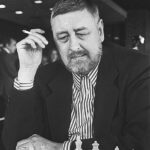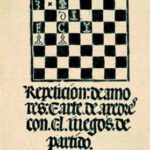Als ik enkele oude en zeer oude partijen chronologisch naspeel – laten we zeggen van 1600 tot 1900 – zie ik veel overeenkomsten in de wereldwijde schaakontwikkeling en mijn eigen persoonlijke schaakontwikkeling.
Eerst: aanvallen en aanvallen, en dan plotseling beseffen dat sommige aanvallen niet werken, terwijl andere dat wel doen. Vervolgens: zoeken naar de verschillen en ze proberen te gebruiken enzovoort… Totdat je de ideeën van Steinitz en Nimzowitch over goed schaken begint te begrijpen.
Biologie
In de biologie heet dit ‘ontogenie herhaalt (recapituleert) fylogenie’, wat betekent dat de ontwikkeling van het individu lijkt op de ontwikkeling van de hele soort.
Deze biogenetische wet is een theorie van ontwikkeling en evolutie voorgesteld door Ernst Haeckel in Duitsland in de jaren 1860.
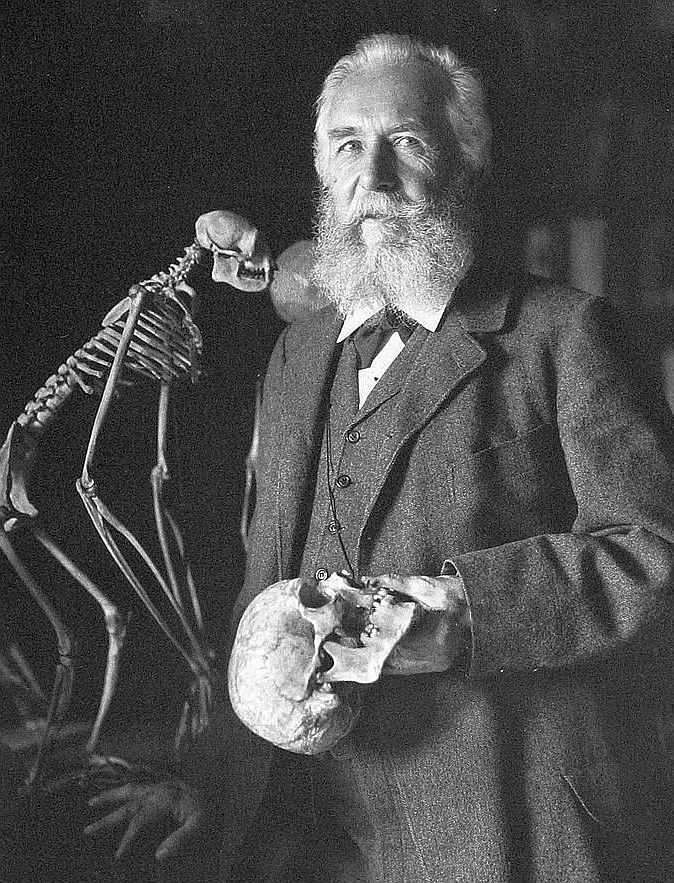
Het is een van de vele theorieën, die stellen dat de ontwikkelingsstadia van een dierlijk embryo hetzelfde zijn als de ontwikkelstadia van de hele soort voor alle dieren. De biogenetische wet theoretiseert dat de stadia van een dierlijk embryo, van bevruchting tot dracht of uitkomen (ontogenie), opeenvolgende volwassen stadia in de evolutie van de verre voorouders van het dier doormaken (fylogenie).
Koe, varken, konijn of mens?
Menselijke embryo’s ontwikkelen eerst kieuwspleten en een staart, die beide gewoonlijk als onnodig weer worden verwijderd wanneer latere menselijke ontwikkelingsprogramma’s van start gaan. Een tijdlang zijn onze embryo’s ook anatomisch moeilijk te onderscheiden van een varken (Schwein), koe (Rind) of konijn (Kaninchen) embryo (zie foto hieronder).
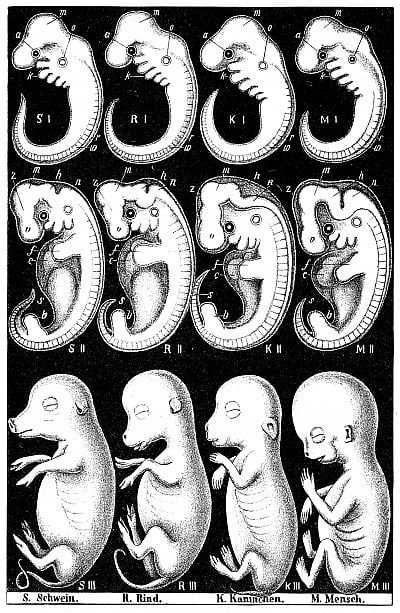
Je lijkt meer op een varken dan je misschien beseft.
Cognitieve ontwikkeling
De Engelse filosoof Herbert Spencer was een van de meest energieke voorstanders van evolutionaire ideeën om vele fenomenen te verklaren. In 1861, vijf jaar voordat Haeckel voor het eerst over het onderwerp publiceerde, stelde Spencer een mogelijke basis voor een culturele recapitulatietheorie van onderwijs voor met de volgende bewering:
‘Als er een volgorde is waarin de mensheid zijn verschillende soorten kennis beheerst, zal er in elk kind de aanleg ontstaan om dit soort kennis in dezelfde volgorde te verwerven… Onderwijs is een kleine herhaling van beschaving.’
Spencer was beroemd om zijn hypothese van het sociaal darwinisme waarbij superieure fysieke kracht de geschiedenis vormgeeft. Hij steunde ook Lamarckism.1
Ook de Oostenrijkse pionier van de psychoanalyse, Sigmund Freud, was voorstander van de leer van Haeckel. Hij werd opgeleid tot bioloog onder invloed van de recapitulatietheorie tijdens zijn hoogtijdagen. Freud maakte ook onderscheid tussen fysieke en mentale recapitulatie, waarbij de verschillen een essentieel argument zouden worden voor zijn theorie van neurosen.
De recapitulatietheorie stortte uiteindelijk in elkaar, niet door het gewicht van tegengestelde gegevens, maar omdat de opkomst van Mendeliaanse genetica haar onhoudbaar maakte. Aan het einde van de 20e eeuw suggereerden studies op het gebied van culturele antropologie dat “zowel de biologische evolutie als de stadia in de cognitieve ontwikkeling van het kind vrijwel dezelfde progressie van evolutionaire stadia volgen als die wordt gesuggereerd in het archeologische archief.“
Schaken ontwikkeling
In het laatste (2021) boek van Willy Hendriks: “On the Origin of Good Moves” werd een gelijkaardige constatering gedaan, als die in de intro van dit topic.
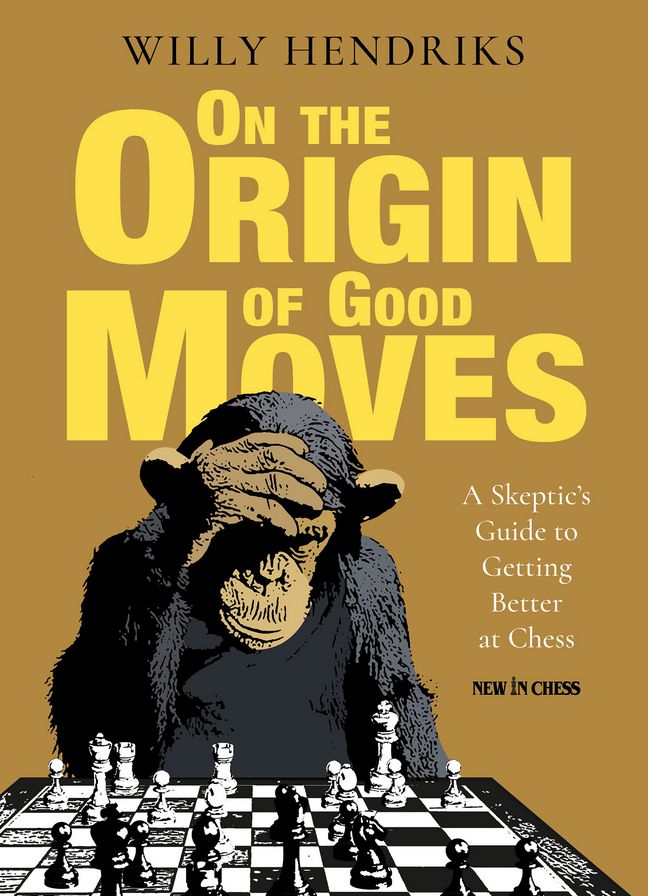
Sommige grote schrijvers over schaken (en schakers zelf) lijken deze theorie te gebruiken voor hun kijk op de ontwikkeling van schaken.
Garry Kasparov opent het eerste hoofdstuk van zijn grote werk “My Great Predecessors” met dit perspectief: ‘De stadia in de ontwikkeling van het schaken lijken op het pad dat wordt afgelegd door iedereen die van een beginner uitgroeit tot een speler van hoog niveau.‘
Kasparov staat op dit punt in een traditie. Zo schreef zijn voorganger Max Euwe: ‘De ontwikkeling van een speler loopt parallel met de ontwikkeling van het schaakspel zelf en daarom heeft de studie van de geschiedenis van het schaakspel grote praktische waarde.’
En, om nog een versie van dit idee toe te voegen, schreef Richard Réti: ‘Na een zorgvuldige overweging van de evolutie van de schaakgeest nemen we waar dat een dergelijke evolutie zich in het algemeen heeft voltrokken op een manier die vrij gelijkaardig is aan die waarop het gaat. verder met de individuele schaker, alleen met de laatste sneller‘.
1 Lamarckisme is het idee dat een organisme fysieke kenmerken kan doorgeven aan zijn nakomelingen die het ouderorganisme gedurende zijn leven heeft verkregen door gebruik of onbruik.
